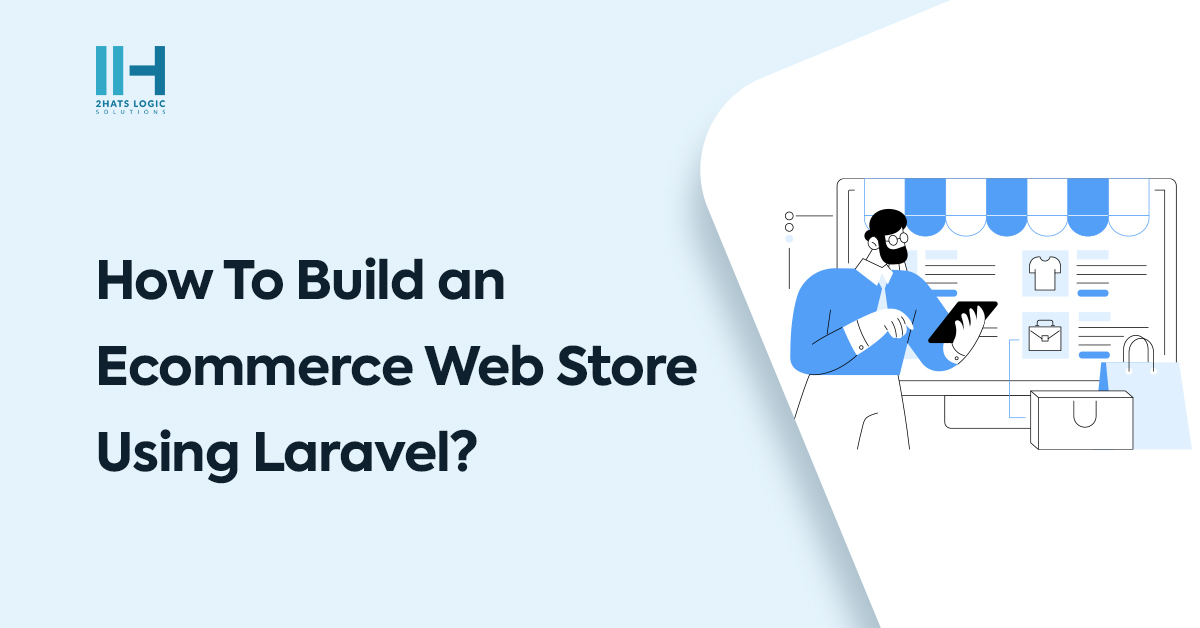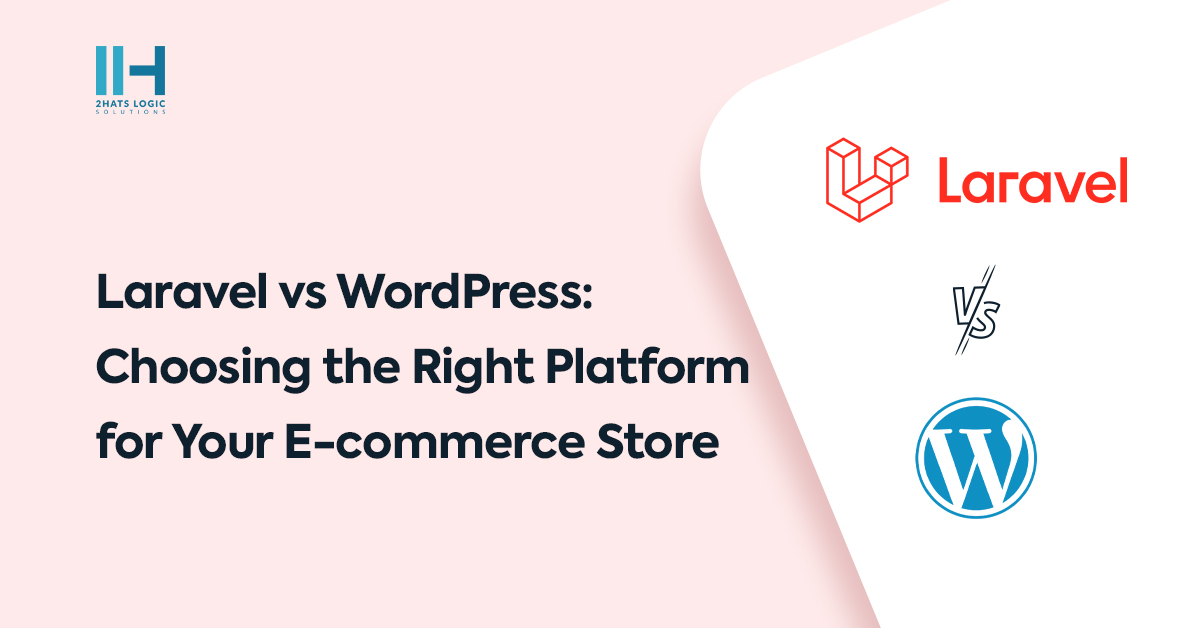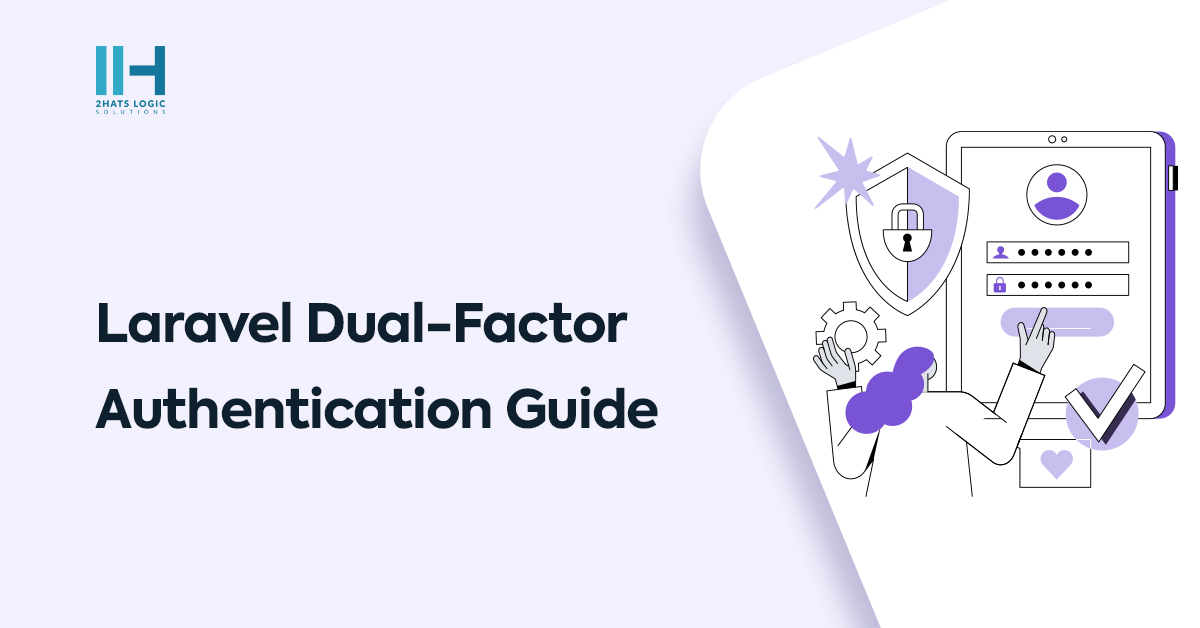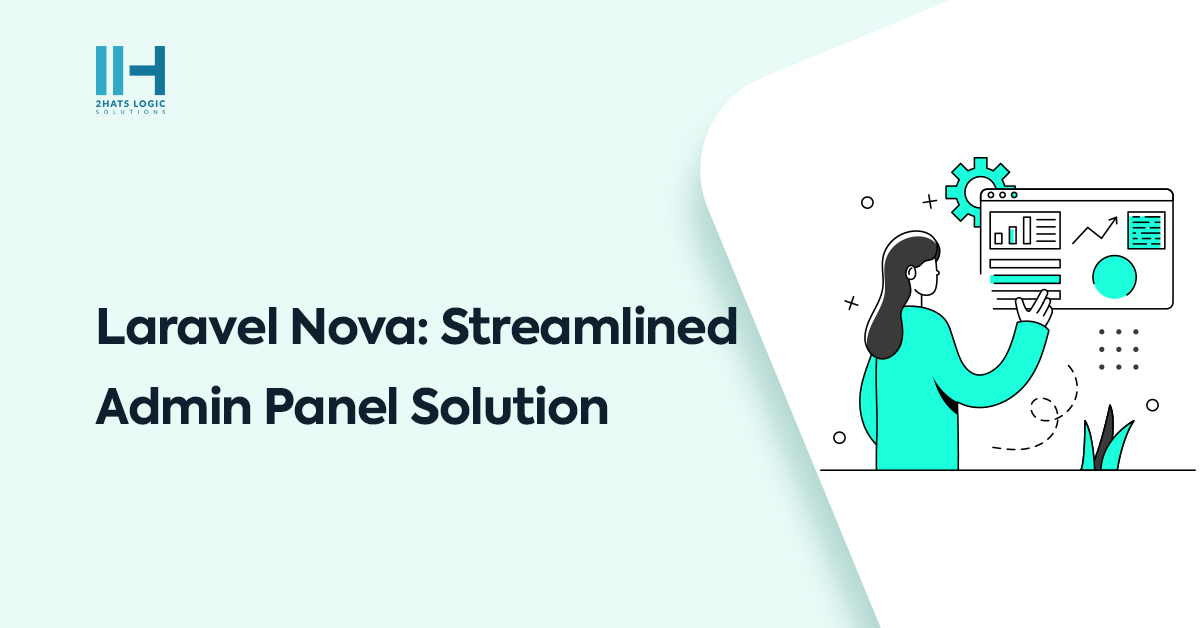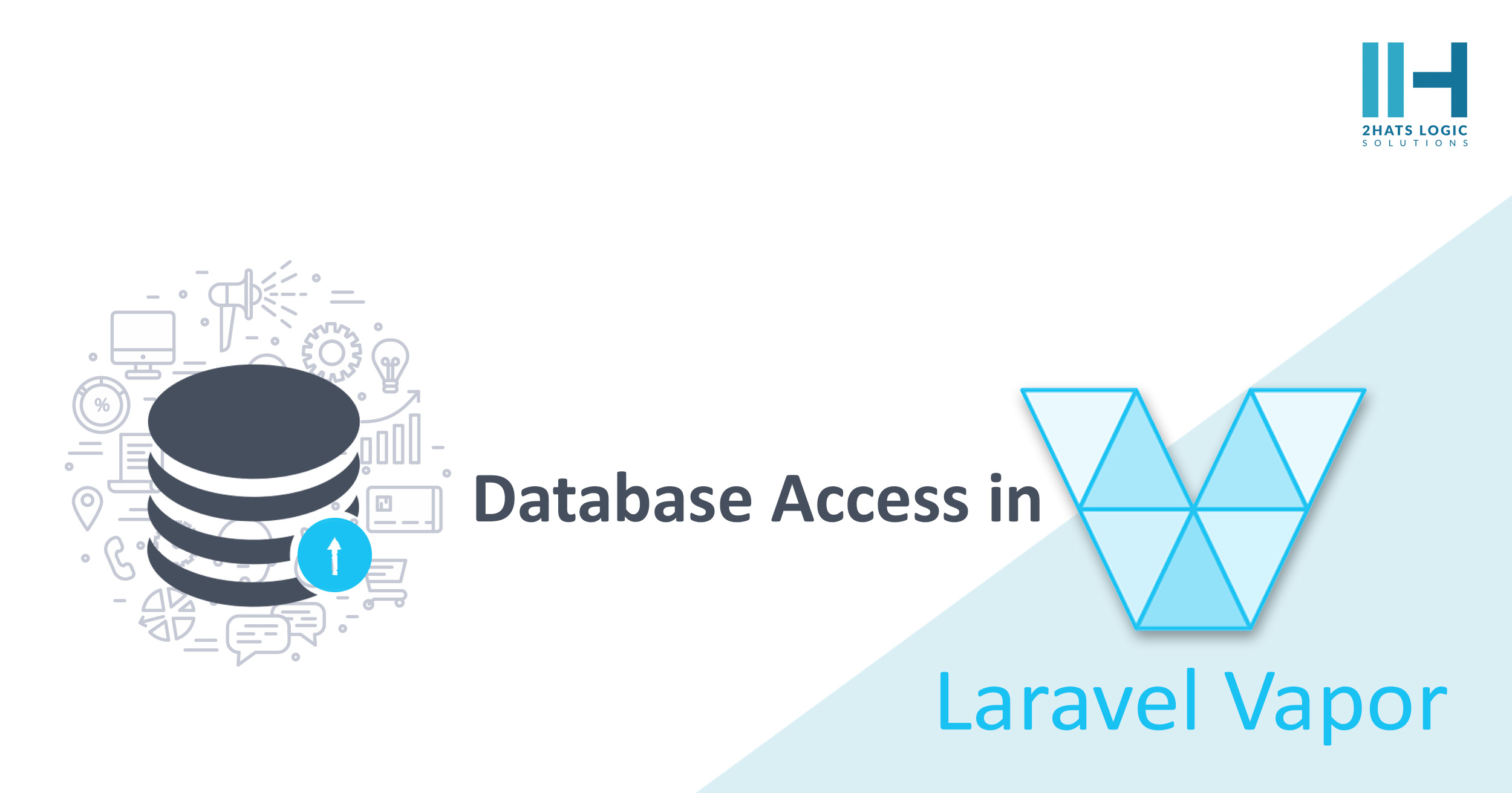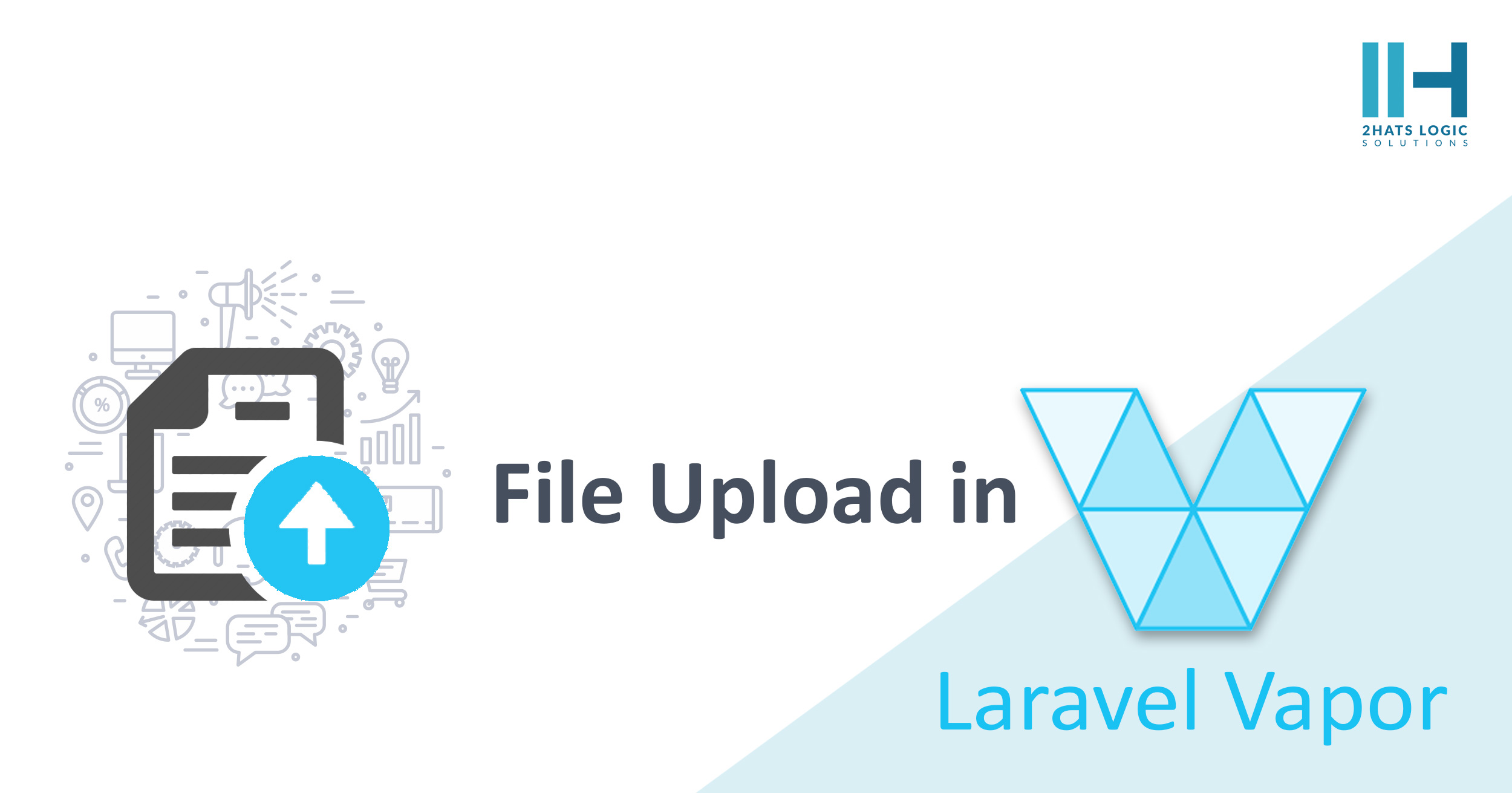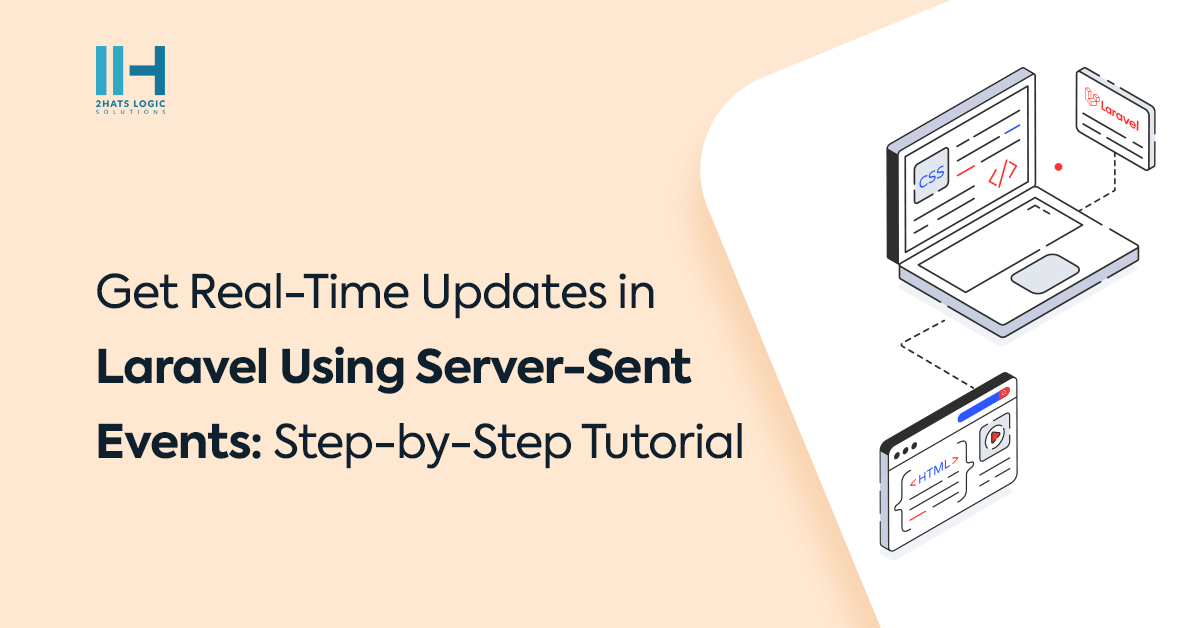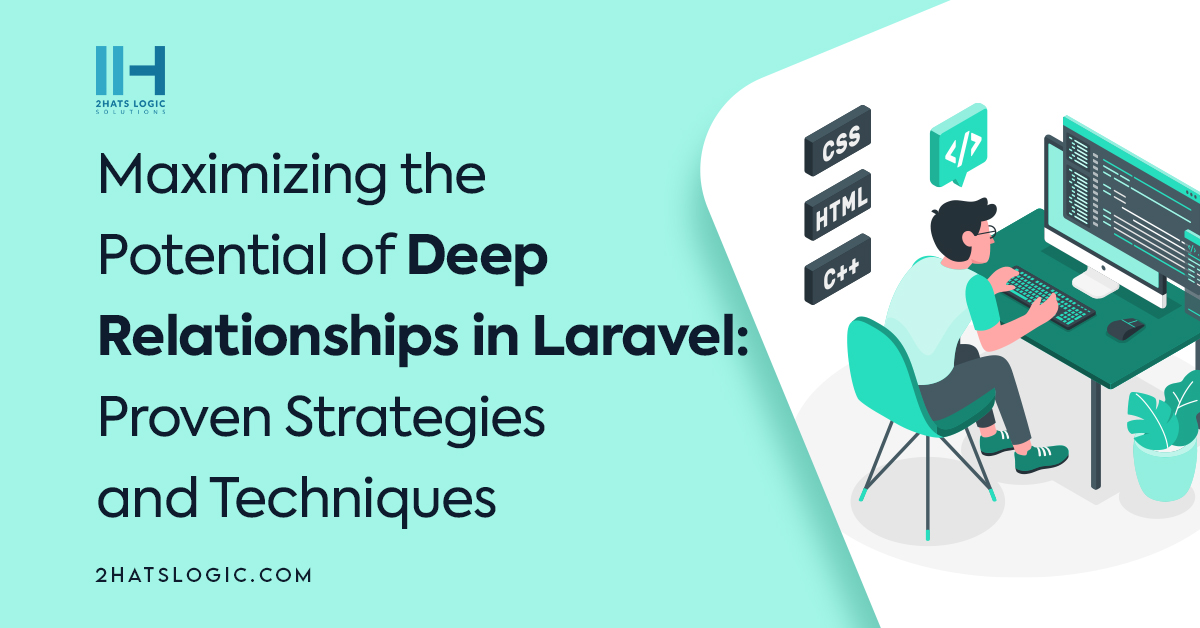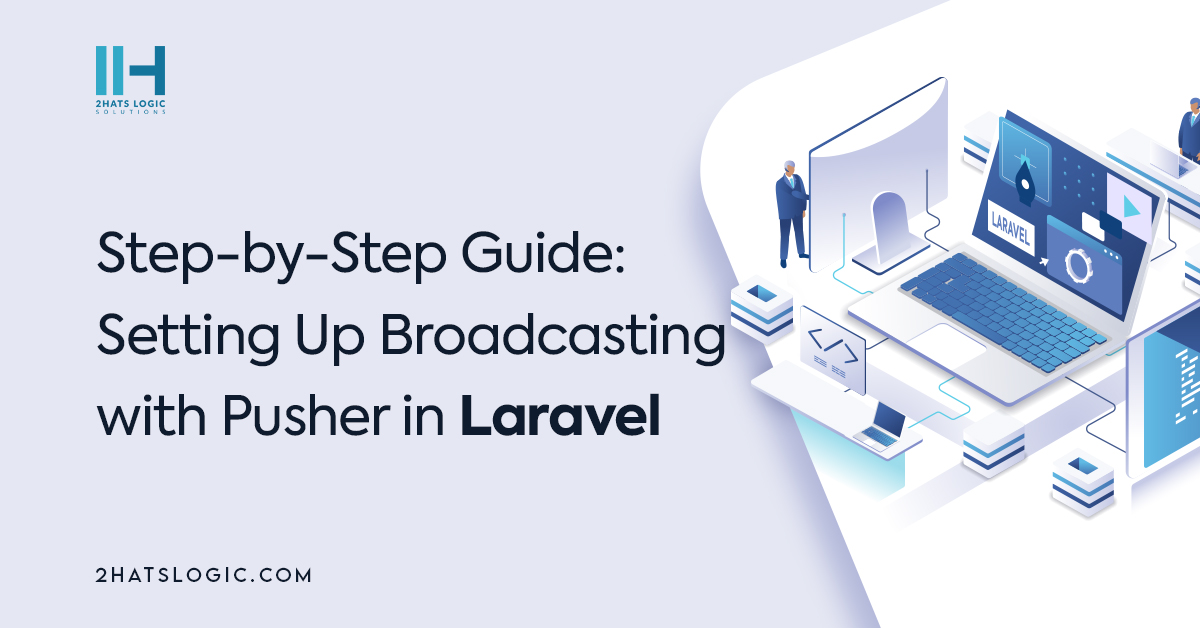E-commerce is booming, and for good reason. It offers entrepreneurs the exciting potential to reach a global audience and build a thriving business from the comfort of their homes. But with countless platforms and tools available, choosing the right ecommerce platform can be overwhelming. Laravel is a powerful PHP framework for Laravel ecommerce development that empowers developers to build robust, scalable, and user-friendl...
Laravel vs WordPress: Choosing the Right Platform for Your E-commerce Store
Deciding on the right platform is a crucial step in establishing a successful e-commerce store. It significantly shapes the website's functionality, scalability, and user experience. In the realm of e-commerce development, two prominent platforms often considered are Laravel and WordPress. Laravel, a PHP web application framework, is renowned for its robust architecture and flexibility, enabling developers to craft customized and high-performance e-commerce solutions. Conversely, WordPress
How to setup Two-Factor Authentication in Laravel
We talk about how to implement Dual or 2factor authentication in Laravel using username and password followed by email. This is purely for programmers. First, the user enters his/her email address and password, after validating that, a token is generated which then gets sent to his email address. The user can log in only by using this token in the next step. Laravel ships with a default authentication method for login. But here we cannot depend on the default authentication method. Let's look at it in more detail. First, we are going to define the action from login in routes. Route::post('login', 'LoginController@authenticate'); When the submit button from the...
Exploring Laravel Nova: The Ultimate Guide for your PHP Admin Panel Development Needs.
Nova is an admin panel for Laravel applications. It can be installed on existing websites to manage the data in the database. It can be used with existing projects and the current code doesn't get touched. It can be installed as a composer package. It's essentially a single-page Vue application that also uses Tailwind CSS. There are JSON APIs that fetch the data from the database. When you install Nova, it creates a new app/Nova folder. Each model in your app will have a corresponding Nova resource. For example, there will be an app/Nova/User.php file that acts as the Nova resource for the User model. There will be a user tab where you can see a...
Boost Your Database Access Speed with Vapor: Expert Solutions
As we embarked on the deployment of a Laravel application using Vapor, we encountered an unexpected deviation from the documented process. The network, which was supposed to be automatically created during the initial deployment, failed to materialize. This unforeseen challenge necessitated a manual intervention, requiring us to navigate through the Vapor UI and meticulously configure a new network, specifying both the region and network name. Then we created a fixed publicly accessible database with minimum configuration (db.t3.micro - 2VCPU 1Gib RAM...
How to upload files with Laravel Vapor?
Since Laravel Vapor is serverless you cannot store files directly in the filesystem. All files should be stored in a cloud storage system, such as AWS S3. You can use the Vapor application to store the file in AWS S3 by adding the storage key as the S3 bucket name to the environment's vapor.yml configuration. [code lang="js"] id: 3958 name: vapor-example environments: Production: storage: vapor-blog build: - 'composer install --no-dev' - 'php artisan event:cache' - 'npm ci && npm run prod && rm -rf node_modules' deploy: - 'php artisan migrate --force' [/code]
Get Real-Time Updates in Laravel Using Server-Sent Events: Step-by-Step Tutorial
In today's fast-paced digital world, real-time updates have become crucial for many web applications. Whether it's a messaging app, a collaborative tool, or a news website, users expect to receive instant updates without having to refresh the page. Laravel, one of the most popular PHP frameworks, offers a seamless way to implement real-time updates using Server-Sent Events (SSE). In this step-by-step tutorial, we will explore how to leverage Laravel's SSE functionality to provide real-time updates to your web application. So, let's dive in and discover how to integrate real-time updates in Laravel using Server-Sent Events. What are Server-Sent Event...
How do deep relationships work in Laravel, and why are they important?
Why are they important in the context of the scenario? Imagine you're working with four tables: 'countries,' 'users,' 'posts,' and 'comments.' Now, let's say you want to establish a connection between 'countries' and 'comments.' In this case, the relationship chain would be: 'countries' has many 'users,' 'users' has many 'posts,' and 'posts' has many 'comments.' Now, how would you create a relationship from the 'Country' model to 'Comment'? Initially, Laravel doesn't offer a built-in relationship like this. However, if you're unsure about achieving this, don't worry— Here you will be guided through the
Building a Calculator Laravel Application from Scratch: A Step-by-Step Guide
In the world of web development, learning by doing is a powerful approach than any other method. One way to gain hands-on experience with a PHP framework like Laravel is by building practical applications that gives an idea of core concepts of the framework. In this step-by-step guide, we'll embark on a journey to create a fully functional calculator application using the Laravel framework. By the end of this tutorial, you'll not only have a working calculator application but also a solid grasp of Laravel's fundamentals. Throughout this guide, we'll explore the process of setting up a new Laravel project, creating models and controllers, designing user interfaces using Blade templating, a...
Step-by-Step Guide: Setting Up Broadcasting with Pusher in Laravel
Are you looking to incorporate real-time broadcasting into your Laravel application? Look no further! In this step-by-step guide, we will walk you through the process of setting up broadcasting with Pusher in Laravel. Broadcasting allows you to push server-side events to your users in real time, enabling a more interactive and responsive application. Whether you want to build a live chat feature or display real-time notifications, this guide will help you get started with broadcasting using Pusher in Laravel. So, let's dive in and enhance the real-time functionality of your Laravel application! Step 1: Installing Pusher in Laravel First, navigate to your Laravel project folder in the co...
